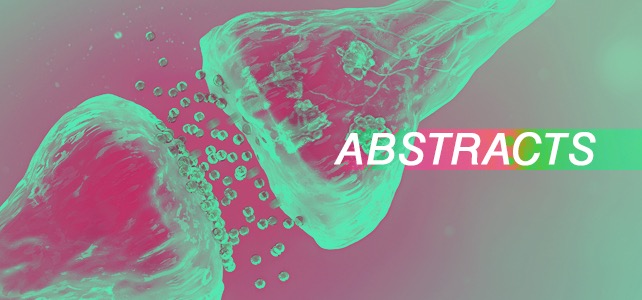Posttraumatic Headache: Basic Mechanisms and Therapeutic Targets.
Abstract
Frequent or continuous headache, often refractory to medical therapy, is a common occurrence after head trauma. In addition to being the most common acute symptom after traumatic brain injury (TBI), headache is also one of the most persistent and disabling symptoms. Different studies indicate that 18-58% of those suffering a TBI will have significant headache at 1 year following the trauma. In addition to being disabling on its own, posttraumatic headache (PTH) is a predictor of overall outcome after concussion. Despite its remarkable prevalence and associated social and economic costs, many fundamental and important questions about PTH remain unanswered. The purpose of this review is to identify key questions regarding the clinical characteristics of posttraumatic headache, its basic mechanisms, and its optimal management. We discuss phenotypic features of PTH, pathophysiological mechanisms of TBI including potential overlaps with those of migraine and other primary headache disorders, and potential novel targets for treatment. We suggest different strategies to finding answers to the questions regarding PTH in order to advance the understanding of the disorder and develop more effective therapies.
KEYWORDS:
migraine; pathophysiology; posttraumatic headache; therapy
- PMID:
- 29757458
- DOI:
- 10.1111/head.13312


